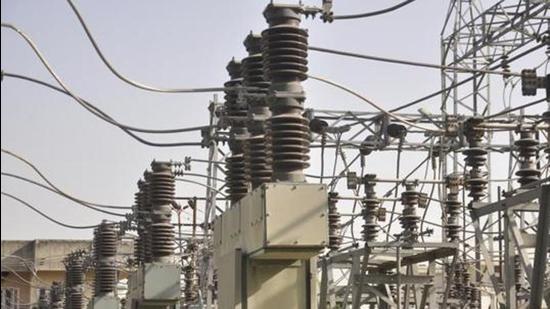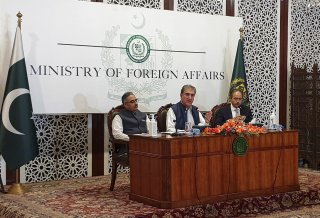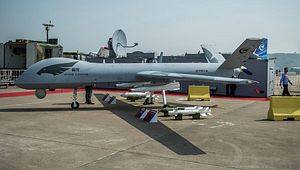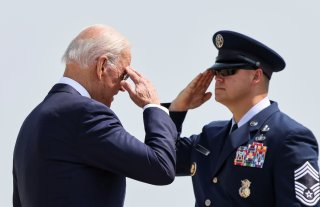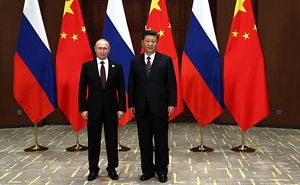By December 31, 2021, the United States will have completed its second formal withdrawal from Iraq in a decade. Just three years after the last American withdrawal, the Iraqi state was in peril, with a third of the country fallen to the Islamic State and Baghdad and Erbil under direct threat. The result was the return of U.S. combat operations in Iraq in 2014, and thus a second occasion to withdraw today.
How will the next U.S. withdrawal impact Iraq’s political and security environment, and in particular, Erbil-Baghdad relations and stability in the Kurdistan Region? To answer this question, one must account for whether the withdrawal will lead to real change on the ground, as well as how the withdrawal will be perceived by relevant actors, regardless of the scope of actual change.
Since 2003, the United States has been a powerful mediator in the ever-tense relations between Iraq’s Kurds and the central government. America’s renewed combat presence in Iraq, and security assistance to both Erbil and Baghdad in the war against the Islamic State, provided the U.S. with additional capacity and leverage in pacifying Kurdish-Arab affairs. As such, some may speculate that the American withdrawal may lead to a serious deterioration of Erbil-Baghdad relations, which could eventually spiral into violence between the two actors. Although relations between Erbil and Baghdad have been relatively stable during Prime Minister Mustafa al-Kadhimi’s time in office, the possibility of greater instability between Iraq’s Kurds and the central government is always present. The October elections, and subsequent government-formation bargaining, can upend the terms of this stability, and the main sources of conflict between the Kurdistan Regional Government (KRG) and Baghdad (i.e. the status of disputed territories and internal borders, budgetary issues, and oil revenue-sharing) remain unresolved.
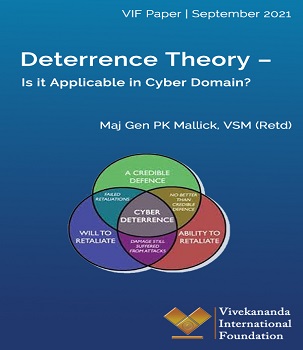 The Deterrence Theory was developed in the 1950s, mainly to address new strategic challenges posed by nuclear weapons from the Cold War nuclear scenario. During the Cold War, the U.S. and the Soviet Union adopted a survivable nuclear force to present a ‘credible’ deterrent that maintained the ‘uncertainty’ inherent in a strategic balance as understood through the accepted theories of major theorists like Bernard Brodie, Herman Kahn, and Thomas Schelling.1 Nuclear deterrence was the art of convincing the enemy not to take a specific action by threatening it with an extreme punishment or an unacceptable failure.
The Deterrence Theory was developed in the 1950s, mainly to address new strategic challenges posed by nuclear weapons from the Cold War nuclear scenario. During the Cold War, the U.S. and the Soviet Union adopted a survivable nuclear force to present a ‘credible’ deterrent that maintained the ‘uncertainty’ inherent in a strategic balance as understood through the accepted theories of major theorists like Bernard Brodie, Herman Kahn, and Thomas Schelling.1 Nuclear deterrence was the art of convincing the enemy not to take a specific action by threatening it with an extreme punishment or an unacceptable failure.
